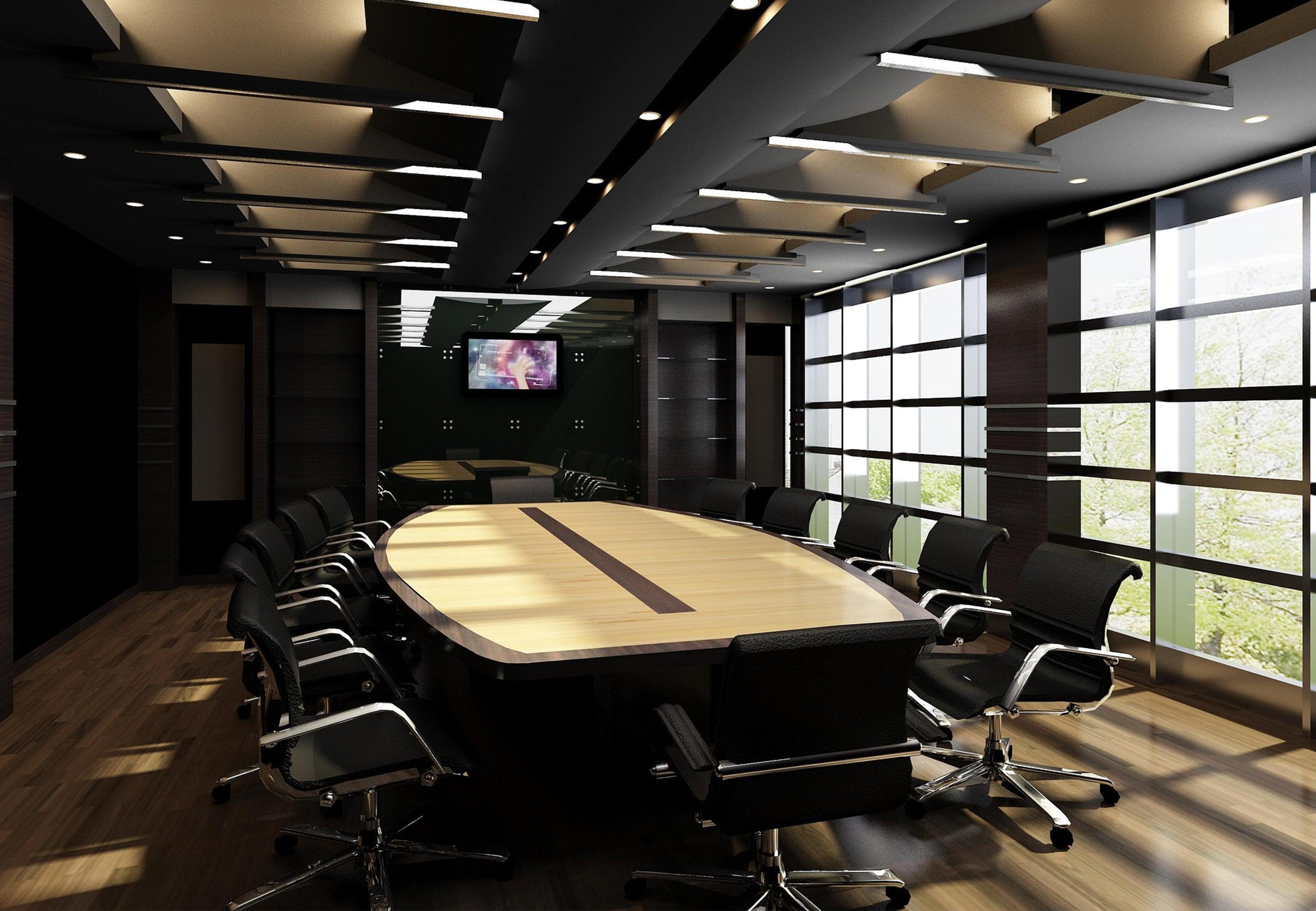
LED LIGHTS- THE GAME CHANGER IN THE LIGHTING WORLD
LED lights have many intriguing and worthwhile features, such as color-changing bulbs and bulbs that connect with your home security system or voice assistant of choice. These may be your deciding factors if the economic and environmental benefits aren't.
However, selecting an appropriate LED is not the same as choosing an incandescent bulb. Consequently, there are five things you should know before hitting the stores.

1. Use lumens rather than watts
Put away your incandescent light bulbs; you won't need that much power here. You probably already know to check the bulb's wattage as a proxy for its brightness when shopping for lights.

Because the wattage of an incandescent bulb is directly proportional to the amount of light it emits, increasing the wattage makes the tungsten filament within the bulb glow brighter. LEDs' luminosity is measured in a slightly different way.
Wattage is not a measurement of light output but rather the energy required to power the bulb. There is a recognized association between the watts drawn and the brightness generated for incandescent, but for LEDs, watts aren't a reliable measure of how bright the bulb will be. This is because LEDs strive to maximize efficiency without sacrificing light quality; some are better at this than others.
2. Pick the correct LED color
LEDs are available in various colors, whereas incandescent bulbs only emit a warm, yellowish light. LEDs come in a wide range of hues, but soft white (also known as warm white) and bright white are the two most common choices (also called daylight).

Bulbs branded as bright white or daylight will provide a whiter light, closer to the sun and similar to what you see in workplaces and retail establishments. In contrast, bulbs labeled as soft white or warm white will generate a yellower, candle-like glow comparable to incandescents.
3. LED bulb costs more upfront but ends up saving money
Like hybrid autos, LED light bulbs have a higher initial cost but lower lifetime operating costs. A standard incandescent bulb used to cost no more than a dollar at the hardware store.
Then, though, LEDs appeared, and they quickly became much more expensive. Thanks to years of innovation and market rivalry, today, you can purchase a wide variety of high-quality LED light bulbs for under $5 each.
On the other hand, monetary considerations go further. Expenditure on electricity to run the bulb must be considered, though the significant part about LEDs is that they are incredibly cheap to run.

Using a standard 60-watt incandescent bulb for an average of three hours a day will cost you around $7 in energy costs over a year. An LED bulb that can replace a 60-watt bulb uses only 8 watts of power and will only increase your electricity cost by a dollar over a year.
4. Beware non-dimmable LEDs
LEDs' unique wiring can make them incompatible with standard dimmer switches. Switch replacement may be required in certain circumstances. Sometimes the cost of a suitable LED is more than the original.
Existing residential dimmers were probably developed for use with incandescent bulbs. A dimmer like that works by rapidly and repeatedly reducing the light bulb's power below the threshold of human perception. Since LEDs consume far less energy, they aren't necessarily compatible with standard dimmer switches.

If you want to use LEDs with a dimmer switch, you should first purchase bulbs that are compatible with dimmers. Most LED bulbs sold today are "non-dimmable," implying they lack any built-in dimming circuitry. This is OK if you're using the bulb in a non-dimmable fixture, but it's the worst possible thing for anyone who likes to keep the lights on a low, dimmer setting.
Finally, intelligent lamps are worth considering if dimming is a feature you regularly use at home. Since most have their dimming processes built in, a dimmer switch is unnecessary. These dimmer switches are fantastic because they eliminate annoying flickering and buzzing. They can be programmed to work with voice assistants like Siri or Alexa, allowing you to issue requests like "adjust the lights to 20 percent."
5. LEDs aren't appropriate for every type of light fixture

Putting an LED bulb in the right spot will save it from burning out too soon. It's common knowledge that LED bulbs emit less heat than incandescent, but that doesn't mean they don't generate some.
Even though the base of an LED bulb has a heat sink, the bulb itself does not overheat. As a result, the LED bulb can keep its cool and continue to deliver on its promise of a long lifespan.

LED bulbs, as a reminder, are technological gadgets. In the same way, you shouldn't let your phone or computer become too hot. Thus, incandescent, fluorescent, and halogen lights are appropriate in enclosed fixtures. LEDs will also work, although the heat generated within the institution may shorten the bulb's life.
 Talk On Call
Talk On Call Chat On WhatsApp
Chat On WhatsApp


